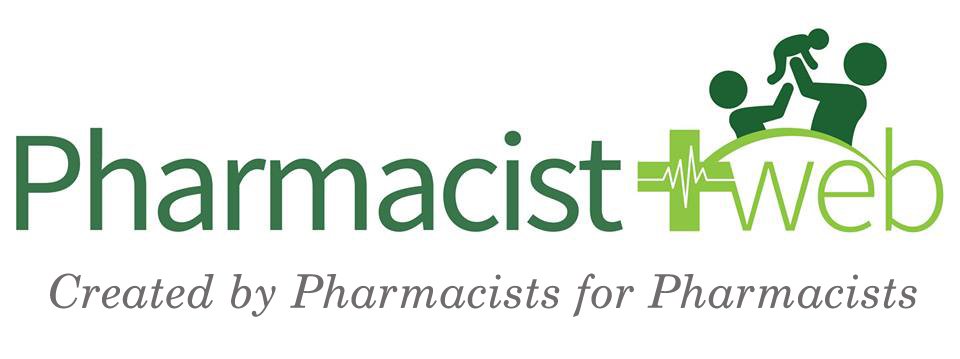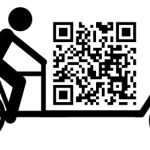A recent update of the road and traffic law came into effect during March 2015, a new offence with the aim of tackling the escalating problematic drug-driving paradigm. It is estimated that approximately 200 people die every year due to drug-driving. This has led to the drive for innovative technology, such as roadside testing devices, which are more sensitive and can now detect drugs at minute quantities. The roadside test is aimed at both legal and illegal drug users, but primarily those abusing medications and administering them for recreational purpose.
The new law poses a dilemma, which is often difficult to fathom by both patients and healthcare professionals. Patients require medications in order to treat their conditions, yet must be allowed to integrate in society and lead a normal life.
As a healthcare professional you are entwined in this dilemma, you owe a duty of care to the patient, and also must also abide by the law. Therefore, a rational decision must be made to ensure the safety of your patient and adhere with the law (maintaining public sentiment). And, thus it is your responsibility to aid in deciphering this ambiguity.
1.What does the law say?
Well, according to gov.uk, it is illegal to drive if either of the following applies:
- You are unfit to drive due to either legal or illegal drugs
- You have certain levels of illegal drugs in your blood (even if they haven’t affected your driving)
- You have over the specified limit of prescription drugs
Penalties for drug driving according to gov.uk:
If you’re convicted of drug driving you’ll get:
- a minimum 1 year driving ban
- an unlimited fine
- up to 6 months in prison
- a criminal record
Your driving licence will also show you’ve been convicted for drug driving. This will last for 11 years.
The penalty for causing death by dangerous driving under the influence of drugs is a prison sentence of up to 14 years.
gov.uk also highlights some other useful information
A conviction for drug driving also means:
- your car insurance costs will increase significantly
- if you drive for work, your employer will see your conviction on your licence
- you may have trouble travelling to countries like the USA
Table of drugs and limits (source gov.uk)
| ‘Medicinal’ drugs (risk based approach) | Threshold limit in blood |
| Amphetamine | 250µg/L |
| Clonazepam | 50µg/L |
| Diazepam | 550µg/L |
| Flunitrazepam | 300µg/L |
| Lorazepam | 100µg/L |
| Methadone | 500µg/L |
| Morphine | 80µg/L |
| Oxazepam | 300µg/L |
| Temazepam | 1,000µg/L |
According to directgov.uk, the government is unable to provide any guidance on what amounts of dosage would correspond to being over the specified limits. This is because there are too many factors to consider, such as differing physical characteristics, which means drug metabolism rates vary. There are also other factors such as drinking or eating which may also have an influence on the concentration of the drug in the blood.
2.What is the new roadside test?
The ‘drugalyser’ as it is know, is the first roadside saliva test that is able to detect drugs and prescription medicines. A British device company known as Cozart manufactures the test.
Based on the information I gathered, it appears the device has a cartridge, which contains a nitrocellulose strip. Now, I assume that the saliva enters the well of this strip on the basis of capillary action. The antibodies in the saliva will then migrate to the appropriate section of the strip which corresponds to a particular drug , causing a colour change in that section.
- How does this law affect/impact your patients taking their medicine?
The realisation of the new law, and its consequence may pose some distress and raise the anxiety of your patients, who will be rightfully concerned about breaking the law, but also conscious of the need to take their medication to treat their condition. This state of mind may influence adherence and the anxiety could affect the patient’s health.
- How can you help your patients?
It is important to ensure you act promptly and have a discussion with patients on medications, which could influence their driving. This discussion should include both over the counter medicines and prescription drugs. Below are key elements of the discussion/consultation, which may be useful:
- Empathy: – It is important to understand that patients may approach you in a state or anxiety. Therefore, a patient and understanding attitude is paramount to help reduce any feeling of anxiety. Approach should be tailored to each individual patient.
- Knowledge: – ensure you are competent and conversant of the new law, the patient’s medication and condition. This will help reduce any anxiety the patient may have and help ensure the consultation transpires fluently. It also important to ensure the pharmacy team are competent, highlighting patients who may not be aware of the new law and ensuring that patients are aware of the new law during relevant OTC sales.
- Resource: – issue your patients with useful resources, i.e. Patient information leaflets, Risk minimisation materials and any relevant support/advisory organisation documents.
Disclaimer: All data and information provided in this article is for informational purposes only. I make no representations as to accuracy, completeness, currentness, suitability, or validity of any information on this site and will not be liable for any errors, omissions, or delays in this information or any losses, injuries, or damages arising from its display or use. All information is provided on an as-is basis.
License: https://creativecommons.org/licenses/by/2.0/
Photo credit: epSos.de as


